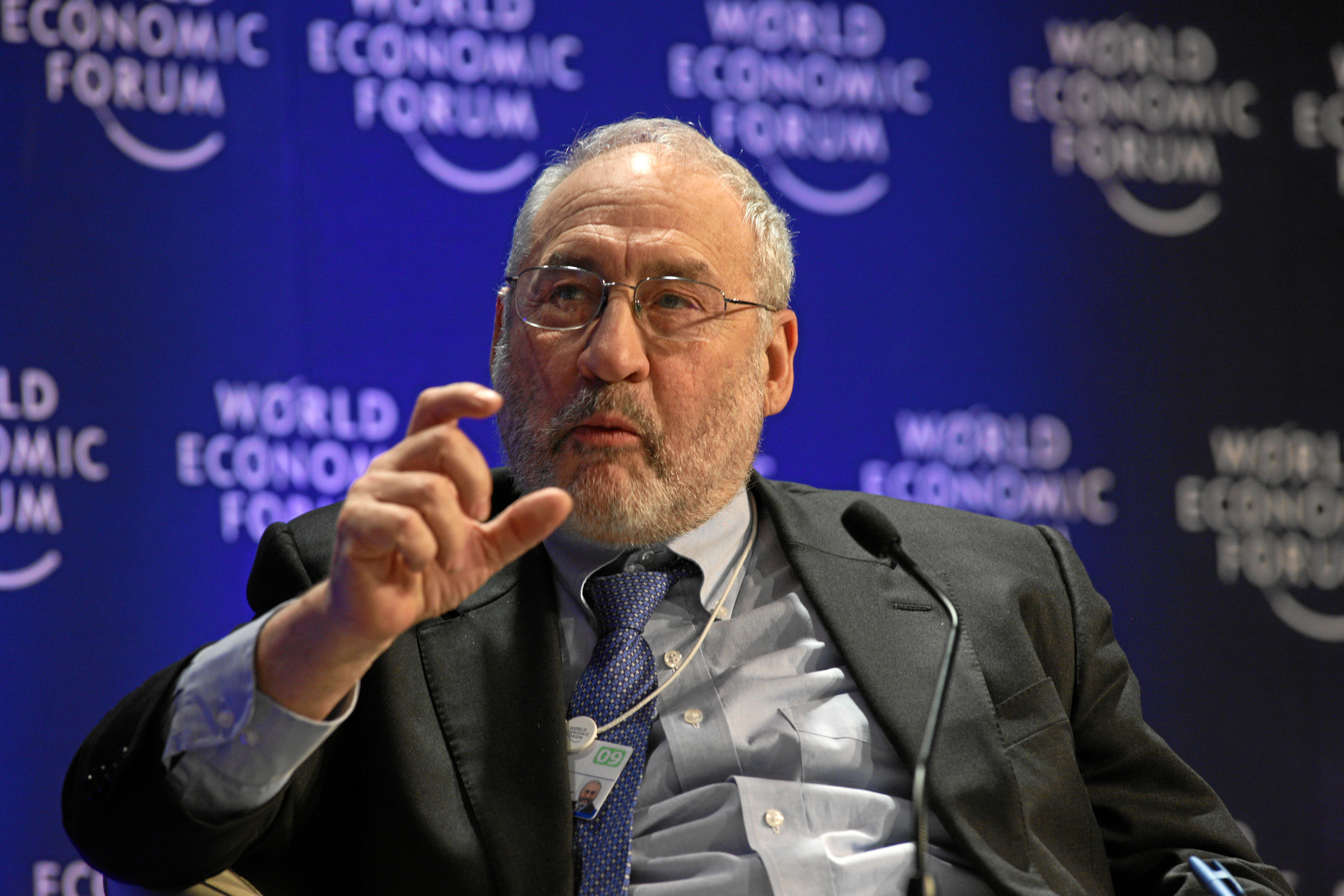In late June 2016, the food minister Ram Vilas Paswan, said that by July 2016, the entire country would come under the ambit of the National Food Security Act. As he said: “National Food Security Act is in force in 33 States/UTs, and in states of Tamil Nadu and Nagaland it will be implemented in next month.”
The National Food Security Ordinance (NFSO),8 2013 was promulgated on July 5, 2013. A little over two months later, the National Food Security Act (NFSA) was enacted on September 10, 2013. Given this, it has taken the states nearly three years to implement the Act.
The Food Security Act offered food security by freezing the price of rice, wheat and coarse cereals at the central issue prices of Rs 3, Rs 2 and Re 1, respectively, for a period of three years, up to July 2016. The targeted public distribution system forms the largest component of the Food Security Act.
In fact, there are two types beneficiaries under the targeted public distribution system. There are those who come under the Antyodaya Anna Yojana (AAY) and then there is something termed as priority households. The AAY was launched in December 2000 and it aims to reduce hunger among the poorest of the poor. Priority households on the other hand includes all families which come under the below poverty line. The broader definition of the priority households has been left to the state governments.
As far as entitlements go, every AAY household is entitled to 35 kg of food grains every month. Those coming under priority households are entitled to 5 kg per person of food grains every month. Close to 12.2 crore individuals come under AAY whereas 69.3 crore individuals come under priority households.
Nearly three years after the Food Security Act was passed, a question worth asking is, does it really offer food security to the citizens of this country?
The Food Security Act largely focusses on making food grains available to the citizens of this country at a rock bottom price. In order to support the ambitious coverage of the Act (nearly 81.5 crore individuals or two-thirds of the country’s population as per 2011 Census), the government has to acquire a large amount of rice and wheat through the Food Corporation of India as well as other state procurement agencies.
This has led to the defacto nationalisation of the grain trade. As Shweta Saini and Ashok Gulati write in a working paper titled The National Food Security Act 2013—Challenges, Buffer Stocking and the Way Forward: “Such large-scale public procurement also has the impact of strangling private trade (as has been the case in Punjab, Haryana and now Madhya Pradesh and Chhattisgarh) (CACP, 2014). Of the total market arrivals of wheat and rice in these states, 70-90 per cent is bought by the government, indicating a de‐facto state take‐over of grain trade.”
This has an unintended consequence. Simply stated, the law of unintended consequences refers to a situation where economic decisions have unexpected effects.
In this context Saini and Gulati point out that “the monopolisation of the grain market by the government, where increasingly lower quantities of grains are available in the open market, also leads to the problem of support reversal.”
And what is support reversal? “The average cereal consumption in India is 10.6 kgs per person per month (NSSO, 2011), and NFSA supplies nearly half of it (5 kgs per month per person, except for those under the AAY who have a family entitlement of 35 kgs per month). People go to the open market to buy their remaining cereal requirements. However, with the government mopping up the supply of cereals, the open market is left with less causing an upward stickiness in prices,” write Saini and Gulati.
Even for those coming under AAY, the NFSA doesn’t supply enough food grains. Assuming five people per household, the average individual entitlement comes to 7 kgs per month, which is lower than the average cereal consumption of 10.6 kgs per month.
The point being that even though the idea behind the Food Security Act is to provide food security by selling food grains at a very low price, it makes things a little difficult by pushing up prices of food grains. Further, one needs to take into account the fact that food grains are not the only thing that people are eating in order to survive.
The government offers a minimum support price at which it buys rice and wheat from farmers. This helps on two counts. One is that it encourages farmers to grow rice and wheat, knowing well in advance what price they can sell it at. Further, the government buys rice and wheat to create a buffer stock in order to support the food security programmes, as well as maintain food security of the nation.
But this leads to other issues. As Shweta Saini and Marta Kozicka write in a research paper titled Evolution and Critique of Buffer Stocking Policy of India: “The buffer stocking policy of food grains has become the one tool with the government to fulfil the interlinked objectives of supporting food producers and food consumers, and of ensuring food availability at the national level. Buffer stocking is used to simultaneously tackle the problem of volatility in the price of food grains, provide food security and incentivise high production. Using the same instrument to achieve the objectives of ensuring remunerative price to farmers and providing the food grains so procured to the poor at highly subsidised prices creates conflicts.”
One clear problem is the fact that farmers end overproducing rice and wheat, given that the government buys all the rice and wheat that is brought to it. This discourages farmers from growing fruits, vegetables and dal. As the Economic Survey of 2014-2015 points out: “High MSPs result in farmers over-cultivating rice and wheat, which the Food Corporation of India then purchases and houses at great cost. High MSPs also encourage under-cultivation of non-MSP supported crops. The resultant supply-demand mismatch raises prices of non-MSP supported crops and makes them more volatile. This contributes to food price inflation that disproportionately hurts poor households.”
This essentially means that even though the Food Security Act wants to help people by selling rice and wheat at a low price, it ends up creating a difficult situation because prices of other crops tend to go up, as farmers tend to concentrate on buying rice and wheat. Food inflation in June 2016 was at 7.79 per cent. Within food, vegetables, pulses and sugar, saw an increase in price of 12.72 per cent, 28.28 per cent and 12.98 per cent, respectively. Spices went up by 8.13 per cent.
Hence, the unintended consequence of the Food Security Act is to make things more expensive on the whole. What is the way around this? I shall discuss some solutions in the weeks to come.
The column originally appeared in Vivek Kaul’s Diary on July 21, 2016




